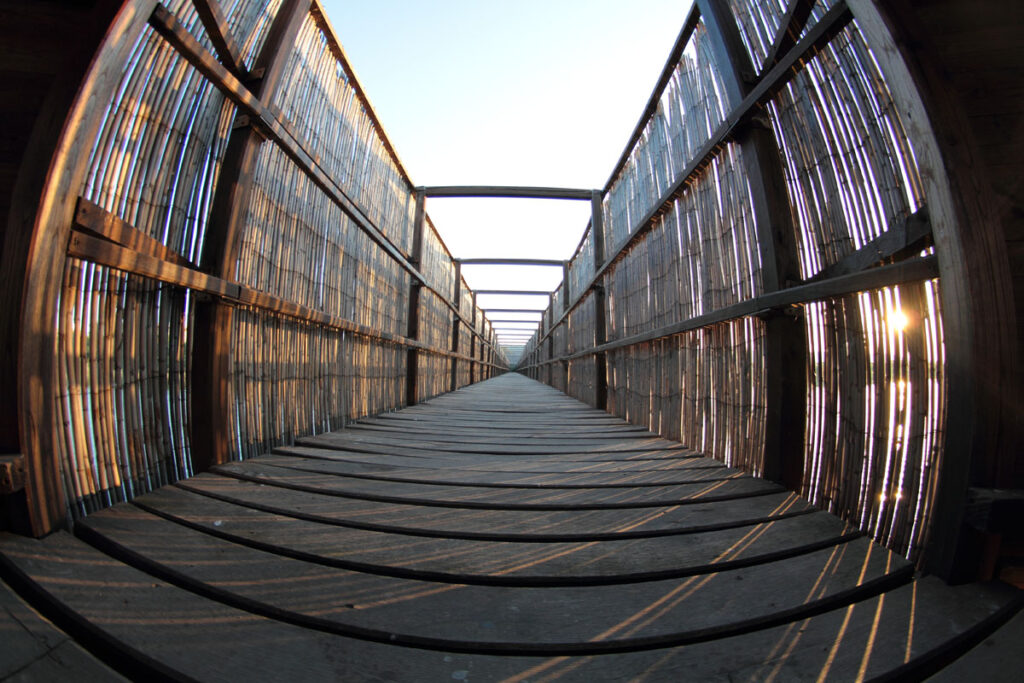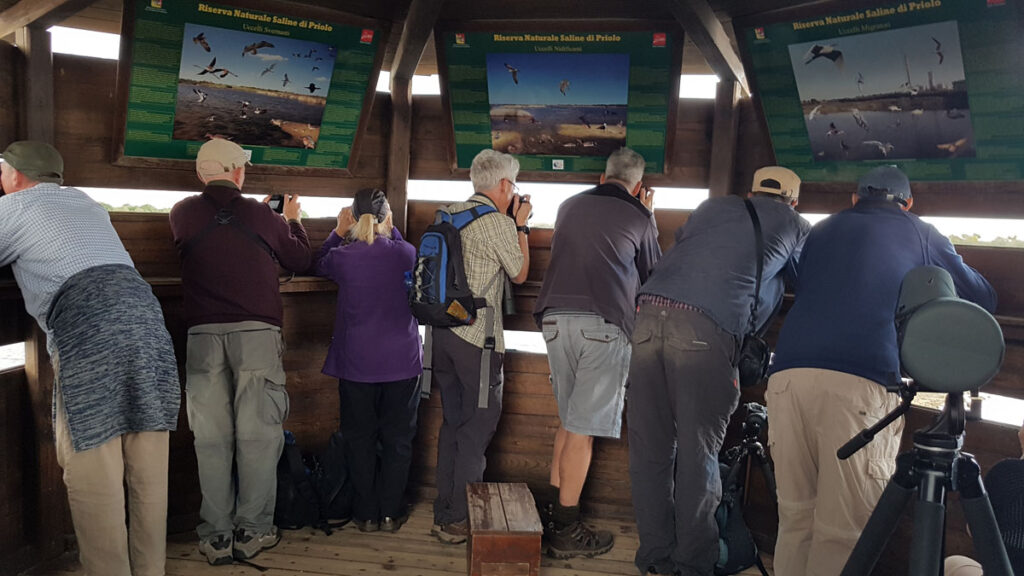
BYLAWS FOR VISITORS
Visiting the reserve in a careful and responsible manner is a sign of respect for the area which is hosting us and for ourselves. Following the bylaws of the protected area is essential to avoid pointless disturbances to the fauna and flora of the site, while following the rules laid out in the Guidance for Visitors will allow you and your companions to avoid accidents. Before starting your visit and exploring the naturalistic aspects of the site, read the section dedicated to this subject carefully.
From the Ordinance n. 807/44 of December 28 2000, with which the R.N.O. Saline di Priolo was founded.
Art. 2
Prohibitions
2.1. According to the prohibitions laid out in the current national and regional norms concerning the protection of cultural, environmental and landscape heritage, the protection of soil, waters and air from pollution, forestation and forest rangers and hunting, and holding to the prohibitions set out in art. 17 of regional law n. 98 of May 6 1981, and subsequent changes and integrations, the following is forbidden:
a) to build new structures and undertake any activity which includes urban transformation of the territory, including: the opening of new paths or trails, changes in the level or type of existing elevations, the construction of power lines, aqueducts, phone lines and technological web systems. The construction of power lines, aqueducts and telephone lines and technological web systems on pre-existing roads may be authorised by the Assessorato regionale del territorio e dell’ambiente, after consultation with the Consiglio regionale per la protezione del patrimonio naturale with the obligation to restore the original state. The building of new paths, only intended for fruition, may be part of the project;
b) to put in place prefabricated structures, even if mobile or on wheels. Exceptions can be made solely for the managing institution, to be used for management purposes, if there are no existing structures available for such a function, through concession of the Assessorato regionale del territorio e dell’ambiente, after consultation with the Consiglio regionale per la protezione del patrimonio naturale;
c) to damage or block sinkholes and natural cavities or to interrupt, even partially, fluid and/or gaseous emissions;
d) to open quarries and mines and undertake extraction activities, or to remove material and dig wells, to build structures which draw and distribute water, cisterns, unless these are of exclusive use of residential housing existing in Area A, with the concession of the managing institution;
e) to do any industrial activity;
f) to build dumps or any other type of rubbish disposal plant, and to dump soil or any other solid or liquid material;
g) to move soil, except for activities permitted by these bylaws. The excavation and building of underground structures is to be reviewed by the managing institution to verify the integrity of the underlying areas;
h) to remove or damage rocks, minerals, fossils and any sort of finds, even if they are on the surface in a fragmented state, with the exception of scientific research carried out by subjects expressly authorised by the managing institution;
i) to carry firearms, explosives and any other means of catching or damaging animals;
l) to hunt animals and bird and to disturb the wild fauna in any way; to molest or catch vertebrate or invertebrate animals; to collect, disturb or destroy nests, eggs and dens;
m) to destroy, damage or remove plants of all species and types, or parts of them, with the exception of interventions connected to activities permitted by these bylaws, with the authorisation of the managing institution;
n) to change the balance of the natural biological community, through the introduction of species foreign to the local flora and fauna. The reintroduction of extinct species must be authorised by the Assessorato regionale del territorio e dell’ambiente, after consultation with the Consiglio regionale per la protezione del patrimonio naturale;
o) to build greenhouses;
p) to introduce and use any means of destruction or alteration of the biogeochemical cycles;
q) to dump rubbish outside of the designated containers;
r) to stray from the indicated paths;
s) to camp or bivouac;
t) to light open fires:
u) to undertake advertising activities, organise folkloristic and sport events without the authorisation of the managing institution;
v) to fly over the area with unauthorised aircrafts, except for what is set out in the laws disciplining flight and for purposes of rescue and surveillance;
z) to practise sports which may compromise the environmental integrity and the peace of the area, such as car racing, trials, motorbike racing, motocross, deltaplaning, etc.;
aa) to use phonoplaying devices without headphones, except in cases of scientific research, service, surveillance and rescue;
bb) to carry weapons of any sort, unless unloaded and locked in the proper case. Exception is made only for reasons of self defence and with the prescribed specific authorisation of the police authorities;
cc) to undertake activities which may change the regime, course or composition of the waters, with the exception of firefighting requirements, with the authorisation of the managing institution;
dd) to practise any form of fishing, aquaculture or intervention for the increase of fish resources;
2.2 Any exceptions to these bylaws, permitted by the managing institution, must be specific, nominative and with a deadline.




